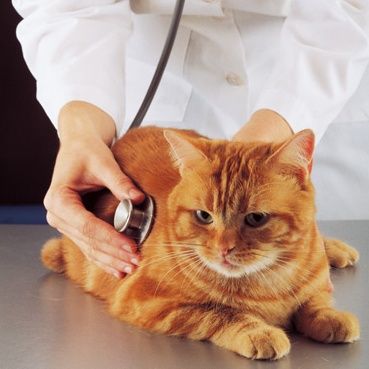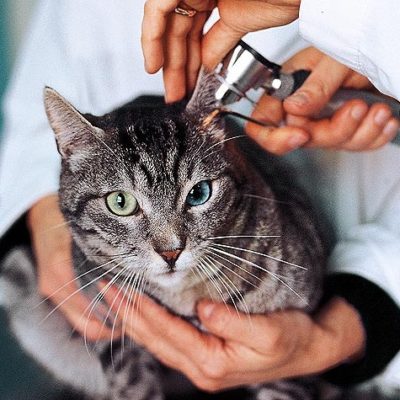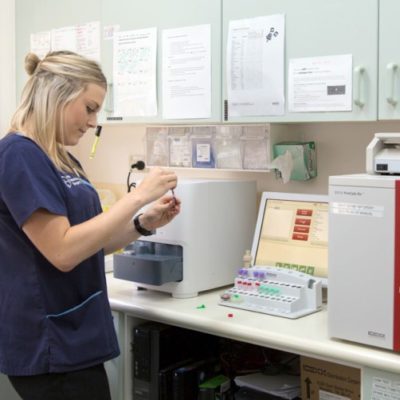Is your dog constantly itching, rubbing, or biting at their skin? Does it feel like you have tried everything?
Your pet may have atopic dermatitis, or atopy, an inflammatory, chronic skin disease. Like hay fever in humans, dogs can be allergic to pollen, grasses, dust mites, and other environmental allergens that cause this unpleasant reaction.
Dogs suffering from atopy can be itchy in one area of their body or all over. Often the itchy rash affects the armpits, groin, face, feet and ears. Dogs normally begin to show signs between 3 months and 6 years of age. Often these signs progressively worsen over time due to exposure to new allergens with age. Initially the itchiness may appear seasonal with flare ups occurring more in spring or summer, however these periods can become longer and seem year-round.
Atopy has been diagnosed in dogs for years and it has been difficult to manage. Veterinarians turned to steroids, such as prednisolone, to treat atopy, although many did not like prescribing a medication that can have serious side effects if used long-term. Luckily there is a new breakthrough steroid-free drug called Apoquel for treatment of allergic dermatitis.
It has increasingly become a first choice treatment option because it is safer than steroids and fast acting. Clinical trials found dogs treated with Apoquel had a marked success rate versus those who were given placebos. It is a tablet given twice a day for two weeks, then once a day for maintenance. It may be the alternative long-term approach we have been looking for.
Please remember that a diagnosis of atopy is one of “rule-outs” from other causes of itchy skin including fleas, mites and skin infections that are treated differently. Call us to book a time for us to confirm the diagnosis and see if Apoquel is right for your dog.









